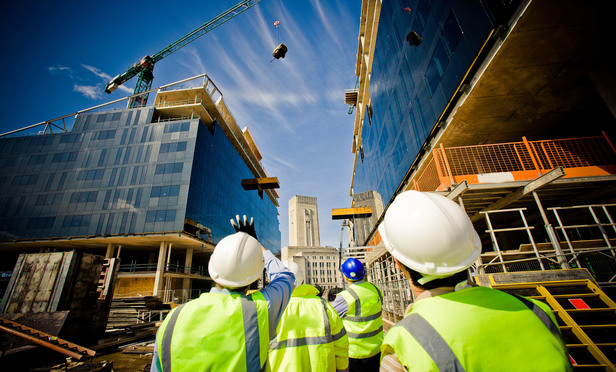 Shutterstock.
Shutterstock.
NEW YORK CITY – Increased climate change concerns in the industry have stakeholders considering the lifespan of buildings more closely to make sure they're flexible for many uses and serve the lifespan intended for its use to cut down on carbon emissions and waste that arises from the construction process, Julian Anderson, president of Rider Levett Bucknall North America, a cost and project management and advisory services, tells Globest.com.
"We had the view for a very long time to think about the construction of developing and repurposing buildings from the view of what is the anticipated life of the building and ask 'am I building this in a way that makes sense for the intended use?'" Anderson said.
Consideration of how building materials work together for its frame is important to determine how long the property will last should be on the developer agenda. In addition to how flexible the space and design of a property is to serve different uses over the life of a building, especially if it is intended for a long life span, Anderson said. "If the building has a life for 20 years, build for 20 years and if it has a life for 100 years building for 100 years."
As national municipalities crackdown on carbon emissions and waste practices, the need for sustainability will become a forethought than an afterthought. "I'm amazed that there is anybody left who says climate change isn't important," Anderson said. "Most people realize it's a problem, and everyone including the construction industry needs to respond."
© Touchpoint Markets, All Rights Reserved. Request academic re-use from www.copyright.com. All other uses, submit a request to [email protected]. For more inforrmation visit Asset & Logo Licensing.







